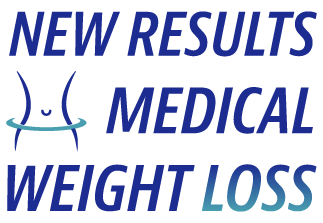- Weight Loss Programs
- Semaglutide
- Hormone Optimization
- Supplements
- Super Shot Injections
- Immunity Boosting Shots
- L-Carnitine Injections for Weight Loss
- MIC Injections for Weight Loss + Fat Burning
- B12 Sublingual Spray “Super Shot”
- NR Calcium Pyruvate 750mg Capsules
- NR Cell-Press Plus Red Capsules
- NR CLA – Conjugated Linoleic Acid
- NR TrimSlim Appetite Suppressant
- Shop NR Metagenics Health Products
- Nano Multivitamin Spray
- Appointments
- Info
- Results
- Specials
The Paleo Diet
What is the Paleo Diet, and should I follow it?
The Paleo, or Paleolithic Diet, is a diet based on the foods that our ancient ancestors may likely have eaten. These foods include meat, nuts and berries, and excludes foods that weren’t yet available 2.5 Million to about 10,000 years ago – prior to advent of farming – like grains, legumes, and dairy. The diet is based on the premise that Paleolithic humans evolved nutritional needs specific to the foods available at that time. Proponents argue that this is true because modern human metabolism has been unable to adapt fast enough to handle many of the foods that have become available since the advent of agriculture. Therefore, proponents believe that modern humans are maladapted to eating foods such as grains, legumes, and dairy – and in particular, the high calorie processed foods that are a staple of most modern diets! Paleo proponents claim that modern humans’ inability to properly metabolize these comparatively new types of food has led to modern-day problems such as obesity, heart disease, and diabetes. They claim that followers of the Paleolithic Diet may enjoy a longer, healthier, and more active life.
So what do the critics of the Paleo Diet? Critics have raised a number of objections, including that Paleolithic humans did eat grains and legumes; humans are much more nutritionally flexible than the diet advocates claim; Paleolithic humans were not genetically adapted to specific local diets; and that the Paleolithic period was very long and there may have been more variety in diet that the advocates claim.
So what are the basic guidelines for eating “Paleo”?
- A Paleo diet should be fairly high in fat, moderate to high in protein, and fairly low in carbohydrates. Focus on lots of healthy fats from nuts, seeds, avocados, olive oil, fish oil and grass-fed meat.
- Eat generous amounts of saturated fats like coconut oil and even butter! Olive, Avocado, and Macadamia oil are also good fats to use in salads and to drizzle over food.
- Eat good amounts of animal protein. This includes red meat, poultry, pork, eggs, organs (liver, kidney and heart), wild caught fish and shellfish.
- Eat generous amounts of fresh or frozen vegetables – cooked or raw. Moderate amounts of starchy vegetables – like sweet potatoes or yams – are a good source of “non-toxic” carbohydrates.
- Eat low to moderate amounts of fruits and nuts. Try to eat mostly fruits low in sugar and high in antioxidants like berries, as well as nuts high in Omega-3 – like Macadamia Nuts.
- Eat grass-fed meat.
- Cut out ALL cereal grains and legumes (beans) from your diet. This includes wheat, rye, barley, oats, corn, brown rice, soy, peanuts, kidney beans, pinto beans, navy beans, and black eyed peas.
- Eliminate added sugar, soft drinks, all packaged sweets and juices.
- Eat when you are hungry, sleep at least 8 hours per night, don’t over-exercise, and consider supplementing vitamin D and probiotics.
- Play, get some sun, have fun, smile and relax – enjoy life, and LOVE!
